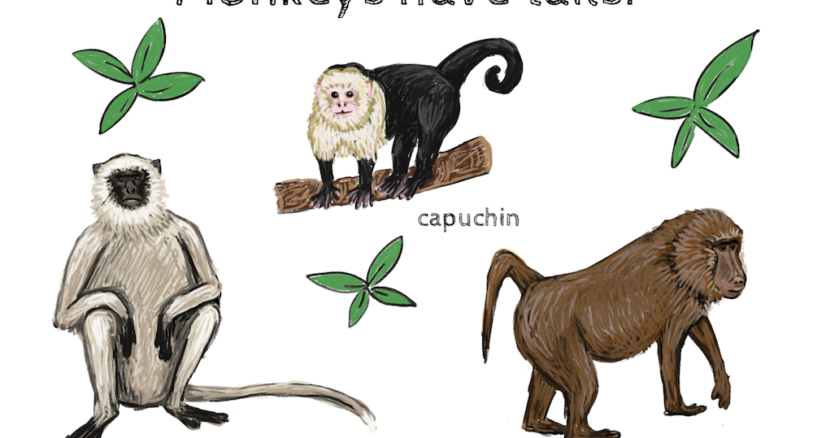Journey to the Okavango Delta
Today we’re going to imagine we’re on a canoe, exploring the Okavango Delta in northern Botswana.
A river delta is where the mouth of a river empties out, often into another body of water such as as a lake or ocean. Where rivers empty out, they deposit sediments like sand and mud.
The Okavango Delta is an interesting and special place because it is an inland delta. This means that the water that flows into this delta does not enter the ocean. Instead, it flows over the land, forming permanent marshes and seasonally flooded areas.
Here is the location of the Okavango Delta:

It is a spectacular natural place!



The Okavango Delta is rich with life!
The Okavango Delta provides a home to over 1000 plant species, 89 fish species, 64 reptile species, 482 bird species, and 130 mammal species (source: UNESCO), as well as many insect species. Some animals live in the Okavango Delta all year round. Others visit seasonally.
Here are a few of the animals that live in and around the Okavango Delta wetland:
Mammals:
- Lion
- Leopard
- Savanna elephant
- Cape buffalo
- Hippopotamus
- Waterbuck
- Chacma baboon
Birds:
- African fish eagle
- Slaty egret
- Malachite kingfisher
- Egyptian goose
- African jacana
- Lilac-breasted roller
- Pel’s fishing owl
Amphibians, reptiles, crocodilians:
- Nile crocodile
- African bullfrog
- Long reed frog
- Painted reed frog
- Leopard tortoise
- Puff adder
- Monitor lizard




All images: Jeremy Hance & Tiffany Roufs
Suggested activities
1. Research and writing project
Select one animal from each of the columns above. Your task is to imagine what a day is like for each of your three animals. For each animal, try answer the following questions:
- Does this animal spend more time in water or on land?
- What does it do all day? Is it active during the day or at night?
- What does it eat?
- Is this animal prey for other types of animals?
- Does this animal move over big distances or live in a small area?
- Does this animal live alone or in small or big social groups?
- What kinds of sounds does this animal make?
Come up with your own questions, too! You can research your animals online or in your school or local library. Ask a parent or educator to help if you have any questions.
Here are two suggestions for how you can write up your research findings:
- Pretend you are writing a field guide to the animals of the Okavango Delta. For each of your three animals, write a one-page description of the animal – include what the animal looks like, what it eats, how it behaves, and anything else that you think is interesting about the animal.
- Alternatively, write a creative poem or story that features the three animals you chose as characters. Perhaps your animals are on an adventure, exploring their habitat. Or perhaps write a tale about a prey species escaping from a predator.
2. Art project
Select 3-5 animals from the list above. Look them up online or in your local library so you can see what they look like. Then create an awesome wetland scene featuring your animals. You could draw, paint, or make a diorama.

Suggestion: Combine the research and art projects – create a colorful poster to share with friends, family, or classmates!
Learn more about the Okavango Delta, a World Heritage Site:
Okavango Delta – UNESCO World Heritage Centre

*Mongabay Kids is not responsible for content published on external sites





